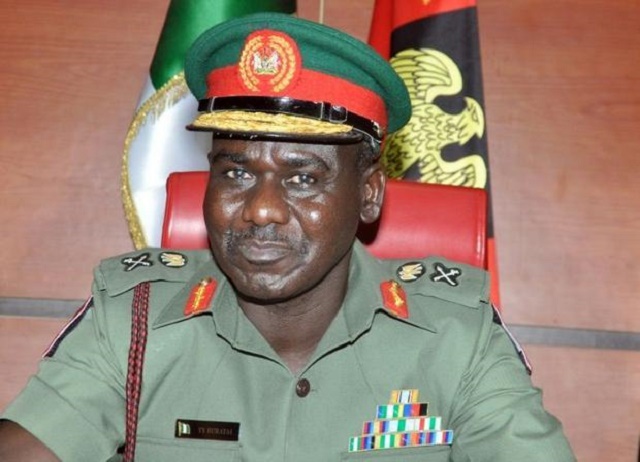
Anything political about TikTok Ban in Indian?
Anything Political about Ban of Chinese App,TikTok, in Indian?
Chinese entertainment app, TikTok has been banned in India. Dozens more Chinese-made apps have also been banned because of similar reasons that they were a danger to the country.
Peace has been a fragile thing between China and India for a long time over a borderline area , now known as the Line of Actual Control (LAC) on the northern tip of India, abutting the Aksai Chin plateau, a Chinese administered area claimed by India.
Both countries claim vast swathes of each other’s territory along their 4,056 km (2,520 mile) Himalayan border. Some disagreements are rooted in demarcations made by India’s former British colonial administrators.
Military experts say one reason for the current face-off is that India has been building roads and airfields to improve transport links and narrow the gap with China’s superior infrastructure on its side of the LAC.
At Galwan, India completed a road leading to an airfield in October despite Chinese objections. India says it is operating on its side of the LAC.
The clashes took place in the Galwan region of Ladakh, in the western Himalayas, where Indian and Chinese forces have been facing off since early May.
The disputed site lies amid remote, jagged mountains and fast flowing rivers on the northern tip of India, abutting the Aksai Chin plateau, a Chinese administered area claimed by India.
The area lies at an altitude of about 14,000 feet (4,250 metres) and temperatures often fall below zero degrees Celsius.
A 1993 agreement between the two countries stipulates that neither side shall use force at the Line of Actual Control (LAC), the de facto border. But violent, high-altitude disputes have erupted several times without any shots being fired.
Even as there are reports suggesting that the week has started with the Chinese troops moving out of the disputed areas along the LAC, the National Security Advisor (NSA) Ajit Doval discussed border tensions with Wang Yi, State Councillor and Minister of Foreign Affairs of China. This comes close on the heels of China pulling back its troops and heavy vehicles from the LAC at three locations – Galwan, Hot springs and Gogra.
Both sides agreed to ensure that in an effort to have complete restoration of peace and tranquillity along the LAC there is a need to have total disengagement.
According to an official statement released by the Ministry of External Affairs (MEA) on Monday, “ During a telephonic talk on Monday, the two “Special Representatives” had a frank and in-depth exchange of views concerning the recent developments in the Western Sector of the India-China border areas.”
For the full restoration of peace and tranquillity and further development of bilateral relations, the “Special Representatives’’ agreed that it was essential to make sure that the complete disengagement is done at the earliest of the troops along the LAC and also de-escalation from India-China border areas. They also agreed that they should take guidance from the consensus of the leaders that maintenance of peace and tranquillity in the India-China border areas were important for the relations of the two countries.
Both Doval and Yi re-affirmed that the two countries should strictly respect and observe the LAC and not take any unilateral action to alter the status quo. And to avoid any incident in the future they should both work together to make sure that the peace and tranquillity in the border areas is not disturbed.
The two also agreed that the discussions at the diplomatic and military level should continue and also under the framework of the Working Mechanism for Consultation and Coordination on India-China border affairs (WMCC). “Both sides should implement the understandings reached in a timely manner to achieve the above outcomes,” the MEA statement said.
Both Doval and Yi will be continuing their discussions to ensure that peace and tranquillity is fully restored at the border in line with the bilateral agreements and protocols.
Chinese businesses in India such as TikTok are casualties. Fuelled by cheap data and a young population, TikTok has picked up some 200 million users in three years in India. The popular mobile app features snappy, shareable videos, often catering to teens and other young people. Using filters, sounds, music and hashtags, young Indians upload songs, dances, pranks, comedy skits, career tips, challenges, language and yoga lessons.
These co-exist with some videos which have featured hate speech, misogyny and casual violence. In some instances, users have been killed or injured trying to record risky stunts, and police have even tracked and arrested gangsters flaunting their lifestyles on the app.
The largely 15-second videos – the app allows videos up to one minute – offer a snapshot into the life and times of young Indians, bristling with ambition and frustration.
“It’s endlessly fascinating. A lot of underrepresented people have found a platform here. People with alternative sexualities are expressing themselves freely. Women are asserting themselves. There’s a lot of very creative people on the platform,” says Amit Varma, a writer and podcaster, who teaches a course on TikTok.




Recent Comments